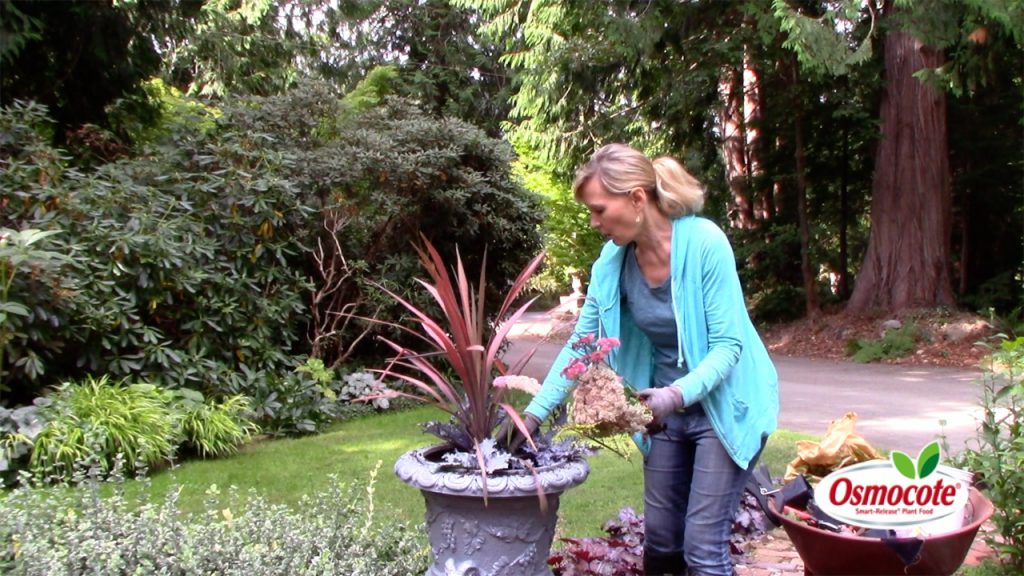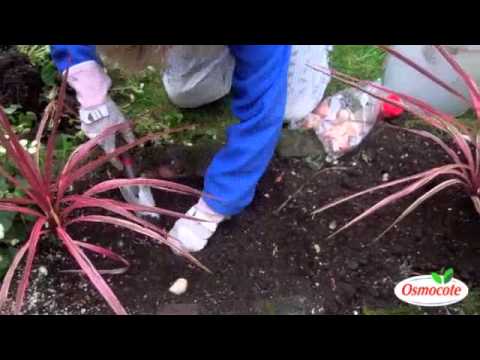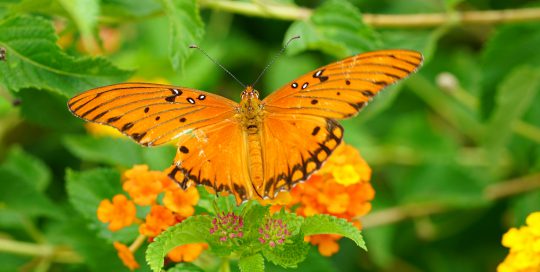Plant Some Fall Color in Your Own Garden
By Jean Starr
Even if you have a typically-sized suburban lot, you can inject some of that luscious fall color that tourists travel miles to see in early autumn. The answer, of course, is to plant trees and shrubs that do double duty by blooming in spring, staying healthy in summer before bursting into enviable orangey-red or golden shades. Just be sure to fertilize!
Paperbark maple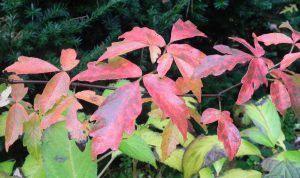
One of my favorites is paperbark maple, or Acer griseum. It’s a slow-growing tree, reaching about 30 feet in nearly as many years. Its leaves unfurl as slowly as a teenager on spring break, apparently cautious about late frosts. They start out about the size of a quarter. Eventually, they stretch to their full, tri-segmented form, giving the tree a lacy look from a distance. Paperbark maple makes a great tree for any suburban situation. However, it’s best situated where it can be admired for its year-round beauty. Around mid-October, its leaves turn golden, orange, and/or red. This makes it one of the best for fall color. This maple gets its common name because of its bark. It looks like thick paper that has been singed and peeled just enough to create a beautiful pattern the length of the trunk.
It’s become quite rare in its native China. Representative explorers from Morton Arboretum in Chicago, Arnold Arboretum at Harvard University, the Morris Arboretum at the University of Pennsylvania, and the Beijing Botanic Garden took part in a 2,237-mile journey across six provinces and one municipality, finding just nine populations of Acer griseum. According to Missouri Botanical Garden, propagation of paperbark maple is difficult via seed or cuttings.
For such an easily-grown and year-round ornamental tree, it’s surprising it isn’t grown more. Hardy to USDA Zone 5.
Enkianthus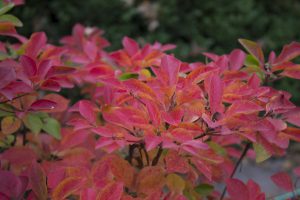
If you have good luck with Rhododendrons, give Enkianthus a try. This delicate-looking beauty is hardy to Zone 5. It enjoys full sun to partial shade and gives a great performance in both spring and fall.
Enkianthus can be rangy. Its leaves and flowers grow only at the tips of its branches, which is where the amount of sun comes into play. This large shrub or small tree can be finicky if not grown in just the right spot. Ideally, the edge of a woodland area, where it gets sun part of the day is good. This is true especially if the soil is on the acidic side. It can get up to six feet tall and more, so keep that in mind when choosing a site.
The show in both spring and fall are well worth the extra trouble. In late May, yellow flowers with red markings flowers hang like little earrings off the end of delicate stems. From early to mid-October (or until frost), leaves blaze a bright red-orange. Enkianthus makes a great companion for broadleaf evergreens in the Rhododendron family, its delicate demeanor contrasting with the bold leaves. Hardy to USDA Zone 6.

